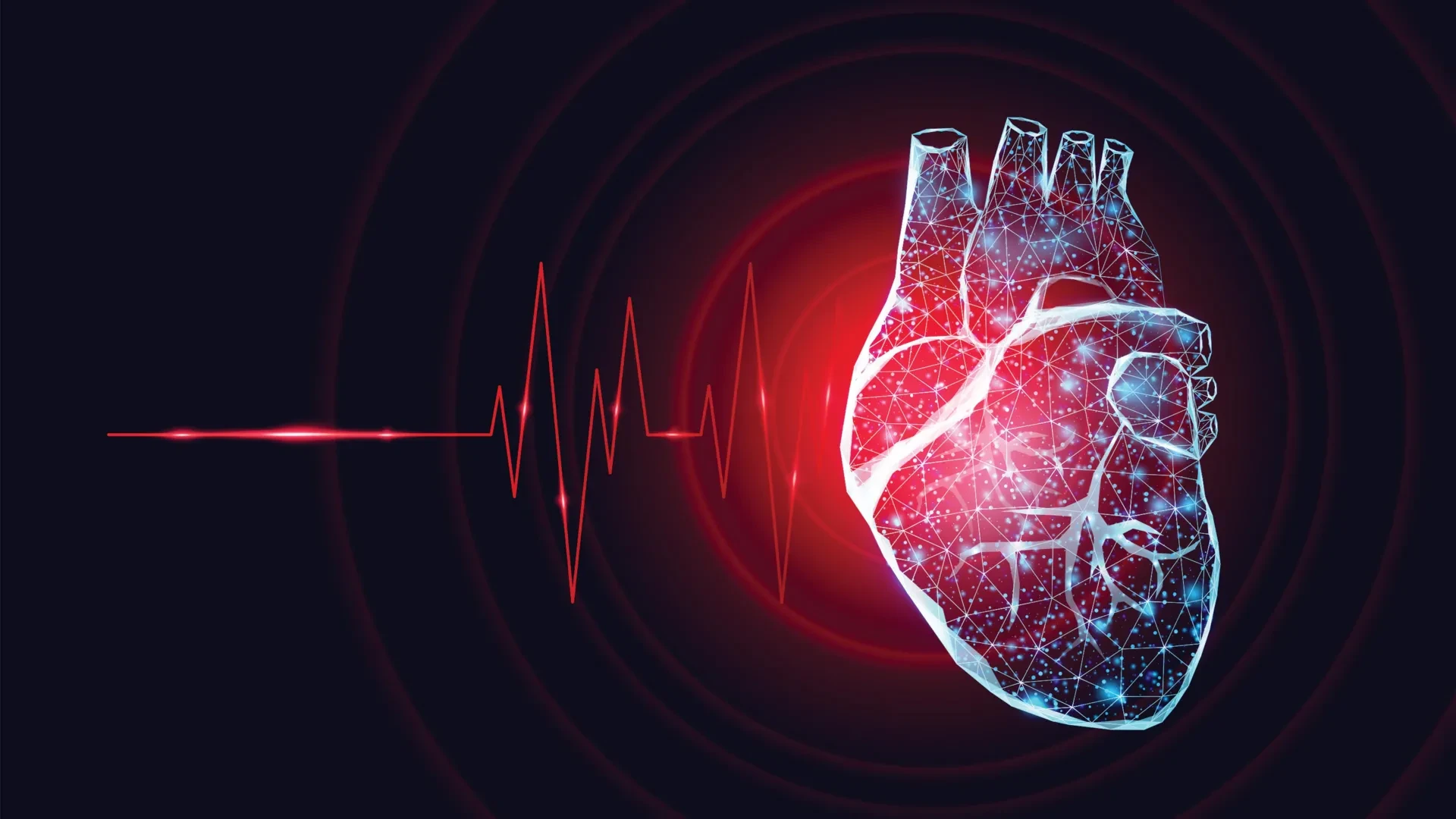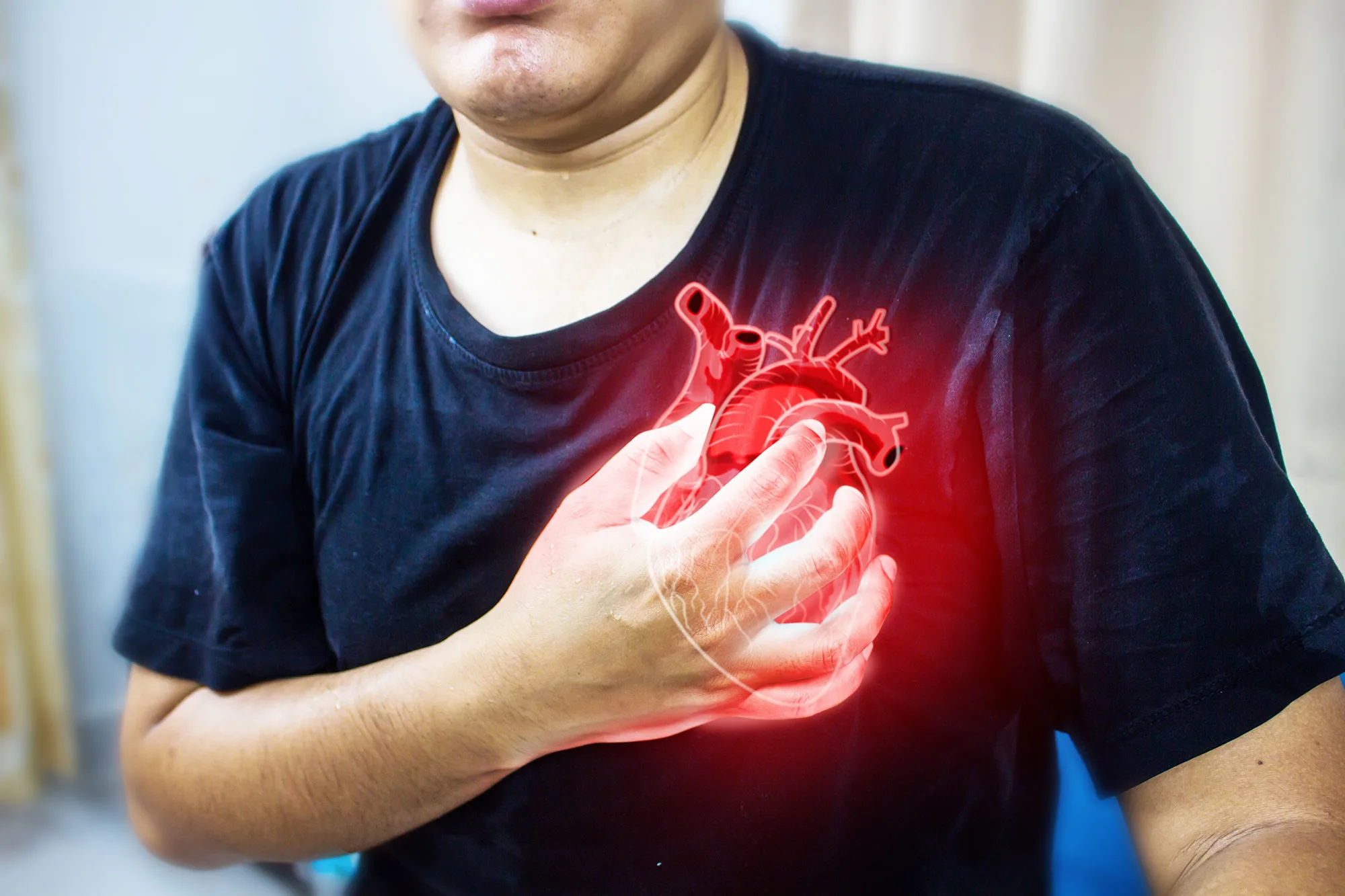Massachusetts General Hospital researchers have found that the immune protein RELMγ can trigger deadly heart arrhythmias post-heart attack, opening a potential new preventive treatment path.

October 14, 2025

Source:
Medical Xpress
New Link Between Immunity and Heart Risks
Scientists at Massachusetts General Hospital have uncovered a surprising immune mechanism behind sudden cardiac death after heart attacks. The culprit is an immune protein Resistin-like molecule gamma (RELMγ), produced by white blood cells called neutrophils.
HowREL Gγ Works
Following heart attacks, neutrophils flood the heart and secrete RELMγ.
The protein punches holes in heart cells, disrupting their electrical signals.
This process can trigger dangerous arrhythmias like ventricular tachycardia (VT) and ventricular fibrillation (VF).
This discovery, published in Science, reveals how inflammation can directly cause lethal rhythm disturbances in the heart.
Keep up with the story. Subscribe to the PR+ free daily newsletter

Source:
ScienceDaily
Experimental Breakthrough in Mice
Genetically removing RELMγ in mice cut the rate of deadly heart arrhythmias twelvefold, researchers report. Visual evidence from Science includes electron microscopy showing the holes RELMγ creates in cell membranes.
Clinical Implications
Human samples also indicate elevated resistin proteins in post-heart attack hearts.
Currently, arrhythmia prevention relies on devices and emergency defibrillation, with few preventive therapies.
Targeting RELMγ could mark a substantial shift toward immune-based arrhythmia prevention.
Read More

Source:
SciTechDaily
Share this news:




















